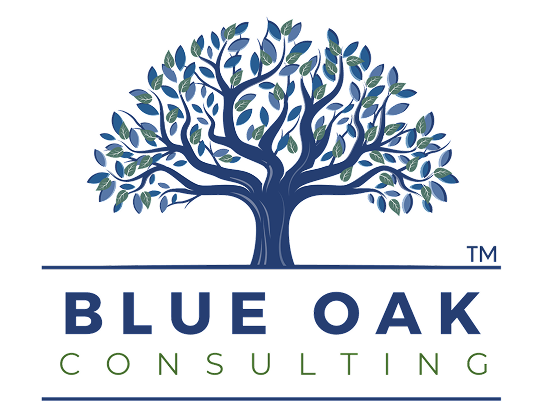Why do manufacturers need rolling forecasts—not fixed plans—if they want to stay ahead of change?
Truth is: by the time your annual budget is finalized, it’s already half-wrong.
Markets shift. Costs spike. A customer pulls a PO. A supplier misses a deadline. Suddenly, that carefully prepared budget from November doesn’t look so helpful anymore.
If you’re relying on a static budget to run a dynamic manufacturing business, you’re basically steering with last year’s map.
It’s time to shift to rolling forecasts—and this blog will show you how.
What’s a Rolling Forecast, Anyway?
It’s a financial model you update regularly—usually every month or quarter—to reflect what’s really happening in your business and in the market.
Instead of forecasting through the end of the fiscal year and calling it done, you’re always projecting 12 months ahead. And as reality shifts, so do your numbers.
✔ More agility
✔ More accuracy
✔ Better decision-making
Why Rolling Forecasts > Static Budgets (Especially for Small Manufacturers)
Let’s break it down:
✔️ You’re more responsive to change
Raw material costs doubled? Labor availability shifted? Rolling forecasts help you course-correct fast.
✔️ You avoid overcommitting (or under-investing)
When your forecast updates monthly, you can adjust hiring, purchasing, or capital spending in real time—not six months too late.
✔️ You align operations and finance
Production planning, inventory purchases, and sales forecasting all benefit when the numbers reflect today’s truth—not last fall’s guesses.
Industry leaders and finance experts consistently advocate for rolling forecasts—especially in dynamic industries like manufacturing—because they offer a clearer, more accurate view of future performance than static budgets. Firms that adopt this ongoing method benefit from greater adaptability, improved decision-making, and reduced variance between plans and actual results. Studies show rolling forecasts allow companies to shift course quickly, optimize resources, and detect risks earlier.
How to Build a Rolling Forecast That Actually Works
You don’t need fancy software to start—just structure and consistency.
Step 1: Set your forecasting horizon
Typically 12 months out, always rolling forward as time passes.
Step 2: Start with actuals
Use your most recent month’s results as the baseline.
Step 3: Layer in known events
- New contracts signed
- Equipment purchases
- Price increases
- Seasonal shifts
Step 4: Adjust assumptions
Change your cost, volume, or pricing assumptions based on the latest data, not outdated expectations.
Step 5: Repeat monthly (or at least quarterly)
This becomes part of your business rhythm—just like reviewing sales or job performance.
Tips to Make Rolling Forecasts Stick
✔ Make it a team effort
Involve sales, ops, and procurement—not just finance. They have the direct input from the team that drives accuracy.
✔ Don’t aim for perfection
You’re not trying to predict every dollar. You’re building a tool for better conversations and quicker decisions.
✔ Pair with a cash flow forecast
Rolling forecasts help you plan for profitability. Cash flow forecasts help you plan for liquidity. You need both.
When to Make the Switch (Hint: The sooner, the better)
If you’re still making major financial decisions based on a static annual budget, here are your signs it’s time to upgrade:
✔ Your actuals are always off by more than 15%
✔ You’re reacting to cash crunches instead of anticipating them
✔ You keep delaying hiring, purchases, or pricing changes because “the budget says no”
✔ Your team stops referencing the budget after Q1
Sound familiar? Rolling forecasts won’t fix every problem—but they’ll keep you from flying blind.
The Best Manufacturers Don’t Predict Perfectly. They Adjust Quickly.
You don’t need to guess the future—you just need to stay close enough to it that you’re never caught off guard.
So ditch the rigid plan and start forecasting the way your business actually moves.
Learn more at blueoakconsulting.net





